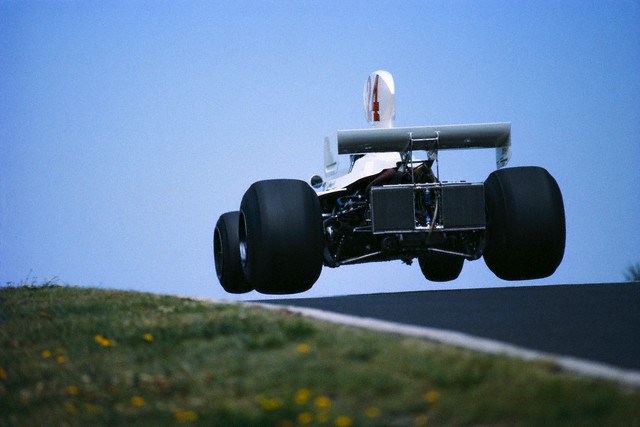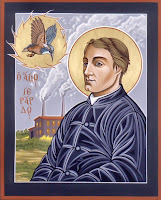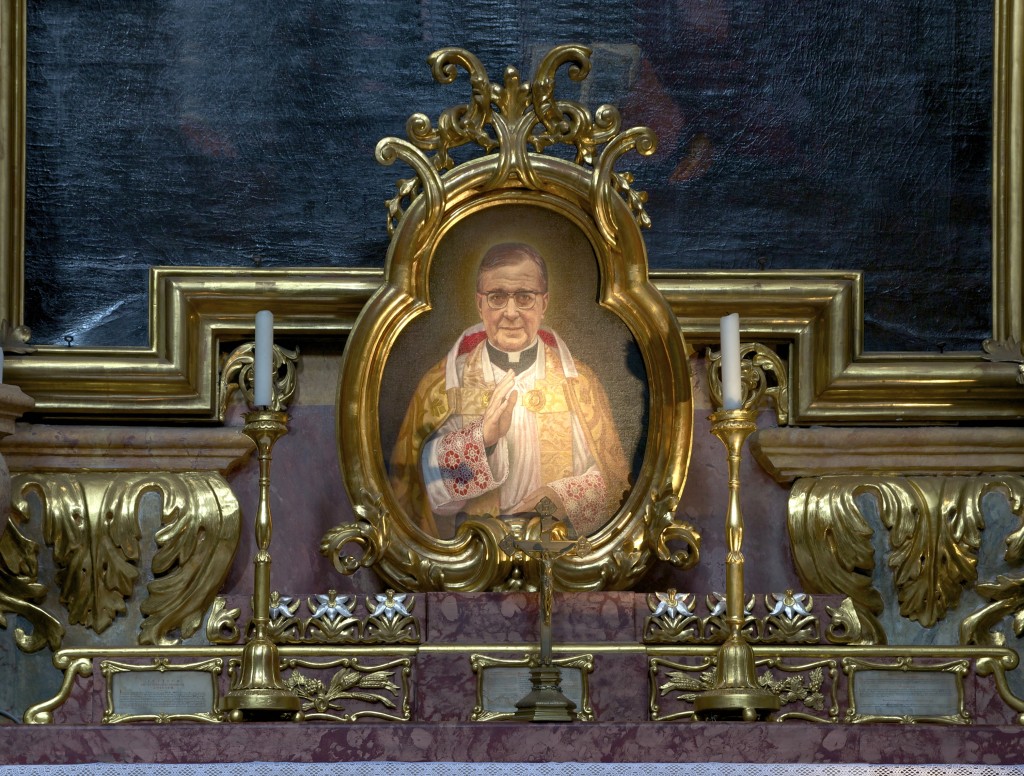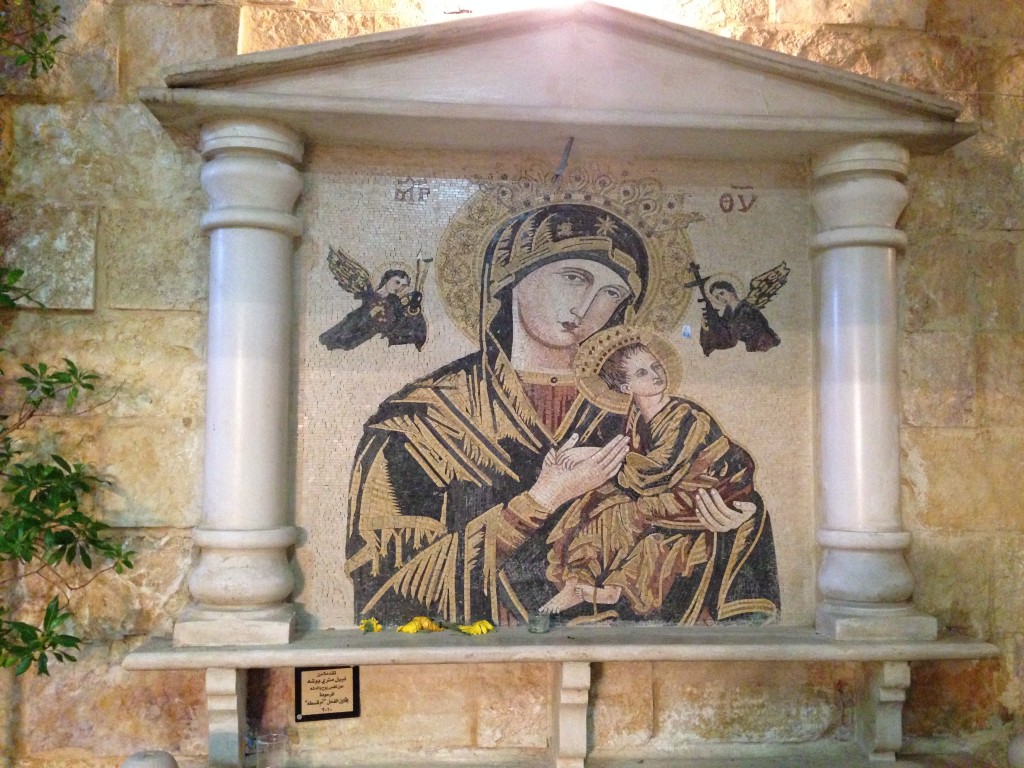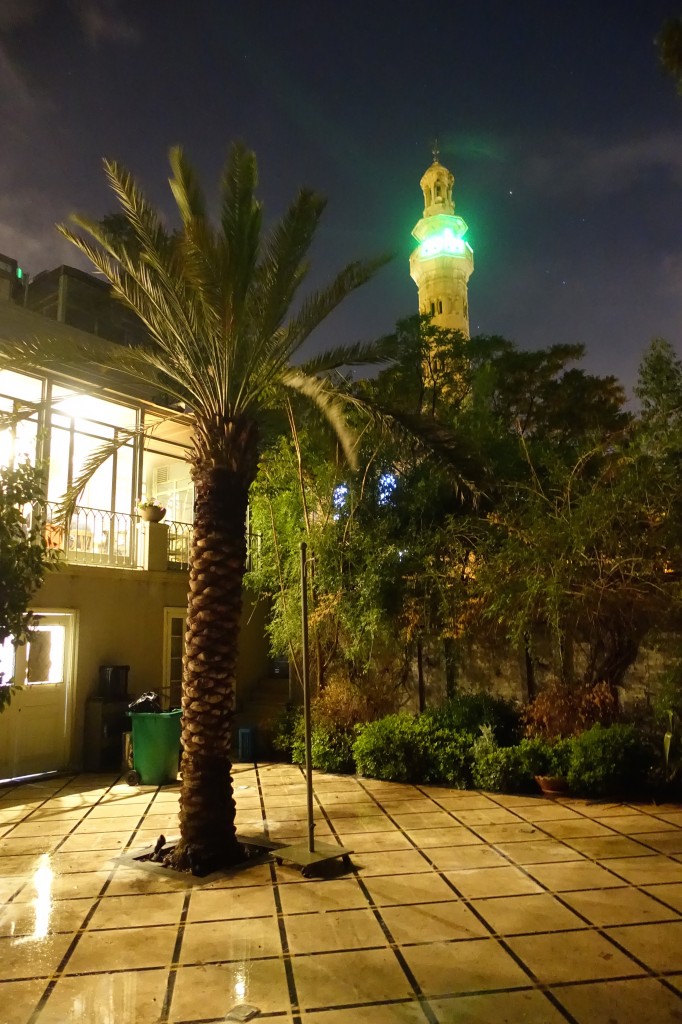Have you ever heard of François Villon? I never had, but I’m looking forward to finding out more about him. I’m home sick, drinking coffee and later on I’ll be dipping into the medicine chest for the “sniffling, sneezing, coughing, so you can rest medicine.” But first, I want to share with you what, in my unlettered opinion, is the Best. Preface. Ever. Written.
It’s all my friend John C.H. Wu’s fault, you know. For Christmas, I ponied up all of my cash Christmas gifts and bought John’s close to impossible to find The Interior Carmel: The Threefold Way of Love. Since I’m effectively confined to quarters, I started reading it a bit and began noting whatever references he made to other authors, adding their works to the YIMCatholic Bookshelf.
John is well read, and by reading my friend John, he points me to a lot of good stuff. That’s what friends do for one another, right? So I chased down a reference to a book written by one Pierre Champion, SJ entitled The Spiritual Teaching of Father Louis Lallement. By doing a search of the authors name, I was pointed to a book that quoted him, where I found this preface written by Henry De Vere Stacpoole, the author of a ton of books, including the one made into a movie a few times, The Blue Lagoon.
Take a look at this and tell me what you think.
Preface to François Villon, His Life and Time, (1431-1463)
By Henry De Vere Stacpoole
Traveling in France you may often get a glimpse of something that England cannot show you—a chateau with slated roofs and towers pointed each like a witch’s cap.
The outline of a Chinese pagoda would not strike upon the retina more strangely than the outline of this veritable figure of stone, ambushed in valley or crouching on hill-top, and showing to the broad light of day the roofs that rose and the towers that took form when Amboise was building and before Bussy was a man. You pass on, the chateau fades from sight, but the picture of it will remain for ever in your mind. You have seen the Middle Ages.
My object is to present to you Francois Villon, one of the strangest figures in all literature, and one of the greatest of French poets. Were I to attempt to reach him immediately and entirely through the MSS. of the Bibliotheque de la Sorbonne, or the Bibliotheque Nationale, or the Archives of the Cote d’Or, and were I to take you with me, we would both be half asphyxiated by the stuffy smell of parchment, and we would part company, or arrive at our journey’s end cross and tired and without finding Villon.
You cannot find a man through manuscripts, unless they are in the handwriting of the man. Archaeologists and museum hunters may tell us all about a man’s surroundings, his companions, his status in life, and his morals, as they appeared to his contemporaries, but to find the man one must find the man, and we can only find him through the expressions of his mind. And that is why so many dead men are so utterly dead. They have left nothing by which we can weigh them as men. Literary men fall under this freezing law no less than others, simply because the large majority of them leave on paper their ideas, fancies, inventions, and so forth, but of themselves little trace. Villon had the magical power of turning himself into literature, and that is why I propose to rob archaeologists and students and all sorts of people on our road, so that we may find out in what sort of country Villon lived and something of the extent of his genius, but to discard or almost to discard these when we come to estimate Villon as a man—to discard everything but the literature which holds his mind and heart, and, almost one might say, his body.
Stand with me, then, on this French road in the year 1914 and, forgetting books and manuscripts for awhile, let that chateau with the pointed towers touch you with its magic wand. All those modern houses crumble to dust, the railway-track vanishes, mule-bells strike the ear, pilgrims pass, their faces set towards Paris, and troops of soldiers, soon to be disbanded and to join the ranks of the unemployed, the labourers, the mendicants, and the robbers.
It is the year 1431. War is smouldering in the land; only a few short months ago Jean d’Arc was burned at Rouen. Henry VI of England, his archers and men-at-arms, are advancing away there to the west slowly towards Paris. Paris is starving. Charles VII, recently crowned, is King of France but as yet only in name, and over the whole broad land the spirit of the dead Maid is welding together the Armagnacs, the Poitevins, the Bretons, and the Burgundians to form the French nation.
Side by side with this creation of a people is going forward—or soon to go forward—the creation of a national language.
Up to this, France has spoken almost entirely in stone; up to this the architect has been the man of letters; up to this all those scattered tribes, Angevins, Poitevins, Burgundians, Armagnacs, and Bretons, have found expression for the genius that lives in man, not in verse or prose or painting, but in the pointed arch and shrill spire, the cathedral, fortress, and chateau.
We are in the land of the gargoyle. That chateau before us is the mind of the Middle Ages epitomised in stone, severe, narrow-windowed, armed, and above all fantastic. When we reach Paris along that road on which the pilgrims are straying, you will see that chateau broken up and repeated in a thousand different forms, you will see its pointed roofs in La Tournelles, its weathercocks on the Hotel de Sens, its towers on the Bastille, its portcullis as you cross the Petit Pont, and its fantasy everywhere.
And what you see here and what you will see in Paris is not a collection of stones cemented by mortar, but the carapace of the mind of the people. You are, in effect, looking at the literature of France in the year 1481.
As I have hinted before, France has not learned to express herself fully in poetry or prose. She has not yet learned properly to write, the mind of the people is pregnant with artistic speech, but as yet it can only murmur in verse and in tapestry or cry out in stone, yet even in these tapestries you may see the prefiguration of French literature, and even in these stones.
Over there at Bourges you will find the first verse of Villon’s Ballade of Jean Cotart, not yet to be written for thirty years, on the main porch where Noah lies drunk and naked, and you will find his ballade of the Contredicts de Franc Gontier hinted at in the sculptures of the Salle des Cheminees of the Palais de Justice in Paris. You will find Rabelais everywhere, from the Abbey de Bocherville to the Church of St. Jacques de la Boucherie, though Rabelais is not yet to be born for many and many a year. Grim humour, gross humour, fantasy and a vague gloom, arising from the skull which is the basis of Gothic art, are found everywhere; we find facades that sneer, porches that criticise, bas-reliefs filled with pointed stories, a whole literature petrified and inhuman. The attempt, in fact, of the human mind to express itself in stone.
To Villon, who was born last month, will fall the high mission of helping to give the human mind expression in speech. The mocking verses of his Testaments will give voice to the spirit of mockery whose expression can now only be found chiselled in the lavatory of the Abbey de Bocherville, or in the sculptures of Guillaume de Paris; his tenderness, his humanity, his tears can be found as yet nowhere, for stone cannot give expression to these.
Leaving aside the genius and directness of vision of this man who has just been born into the world—or rather perhaps because of them— Villon’s highest mission will be to tell future ages that the inhabitants of the land of the gargoyle were living and human beings, not mediaeval figures. That will be the highest mission of one who, with Aristophanes and Homer, holds the position, far above all royal positions, of a world-link—the man whose destiny it is to be ever living in a world ever dying.
So, standing here on this French road in the year 1431 before that isolated chateau and under its spell we may gather some hint of the rigid world into which our poet has just been born, some idea of that huge edifice of stone which Art has constructed as a mode of expression for the dreams and the humours of man, and which has turned into a sarcophagus for the corpse of thought—a sarcophagus to be shattered by the voice of that infant over there in Paris and by the voices of others still unborn.
Trust me, I’ll be reading more of Stacpoole’s book on François Villon. How could I not?
